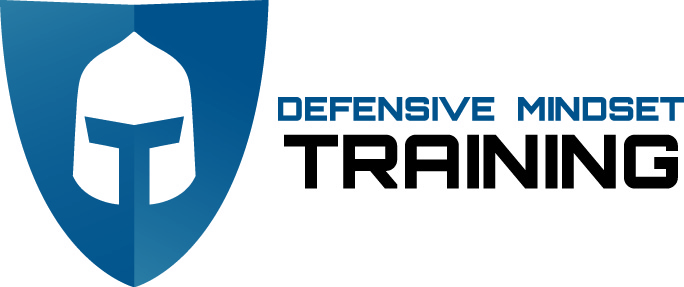Last week I took you through the structure and physiology of the human eye, and how the eye goes through physical and chemical changes when we go into low light conditions. This week, we're going to talk about how we can utilize the light of our environment to gain a tactical advantage over a threat.
First, we have to give up using our eyes the way we want to, and use them how they were designed. Remember that when your eyes go under that low light change, we produce Visual Purple. That chemical makes the Rods in the eyes more capable of functioning in the low light. The Rods are located to the periphery of the eye, that means, the sensors of our eyes that work best in low light are not the ones located right where we'd normally focus our gaze. To see better at night, give up trying to look directly AT the target or threat and scan the periphery of that target. This is a Diamond Scan.
Look to the top, side, bottom, other side, and back to the top, like a diamond shape, to better see your target/threat in low light. By doing this we run the image over our Rods, which function better in low light than the Cones, and allow ourselves the best opportunity to see and identify anything in front of us in the darkness.
Next, protect that night vision! It takes anywhere from 5-7 minutes to gain even the most basic of night vision, up to 40 minutes to be fully adapted. That means that once you have your night vision, you want to guard it from being destroyed by light. One of the ways to do this is to use the Pirate Technique.
Pirates are often portrayed as wearing eye-patches, but not because they were missing an eye. You see, if a pirate had to go from the deck, where it was light, to the hold, where it was dark, the pirate would simply uncover the patched eye in the darkness and viola! instant night vision. Once the pirate returned to the deck, he'd recover the eye in order to protect that night vision for the next time he needed to run into the hold.
We can do the same thing with our eyes, by closing one eye and placing the palm of our non-dominant hand over the eye, we have blocked out the light. Now if we have to cross from an area where we had night vision, through the light, and back into the dark, we never lose our ability to see.
Finally, positioning. Our eyes are more effective than the most expensive cameras you can possibly buy. A really good camera has a dynamic light range capability of about 5 out of 20, but your eye has a dynamic light range capability of 18 out of 20! Why this makes a difference is that whenever a photographer sets up for a shot, they must determine what the brightest light is and gage their camera settings to it accordingly. If they don't the image will be too dark to see, or everything will be blown out be cause it was too bright. Your eyes do the exact same thing.
If you place yourself in areas that are bright, you will have a hard time seeing into the shadows, but if you place yourself in the shadows, everything in the shadows AND in the light will be visible. This means, that if possible, you want to control the dark places and force your threat into areas that are light. It will be hard to see you and yet you will see the threat without effort.
All of this material is part of my DVD series: Avoid-Deter-Defend. Quite honestly, it's one of the most important products I've ever developed. This training series is designed to give you the situational awareness and low light skills you critically need to identify any threat and to start taking action quickly to avoid, deter, or defend against that threat.
If you don't have your copy, I'd encourage you to pick one up. It'll be one of the best investments you'll ever make in your security. Get your Avoid-Deter-Defend here.


